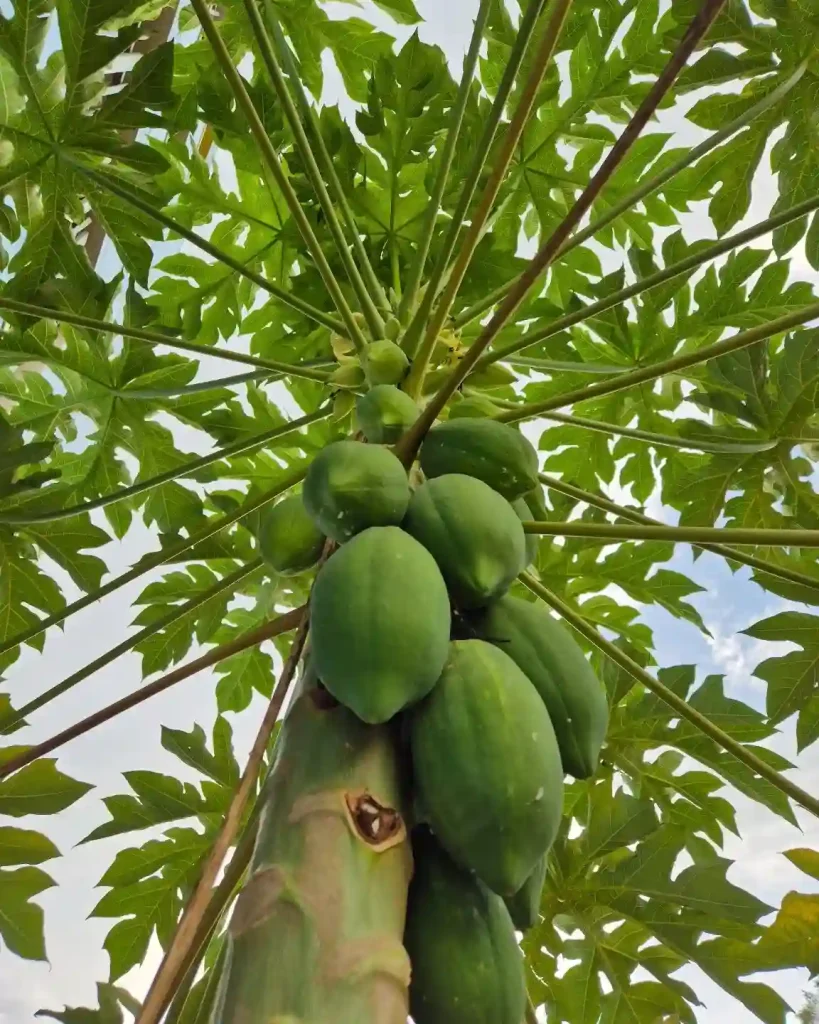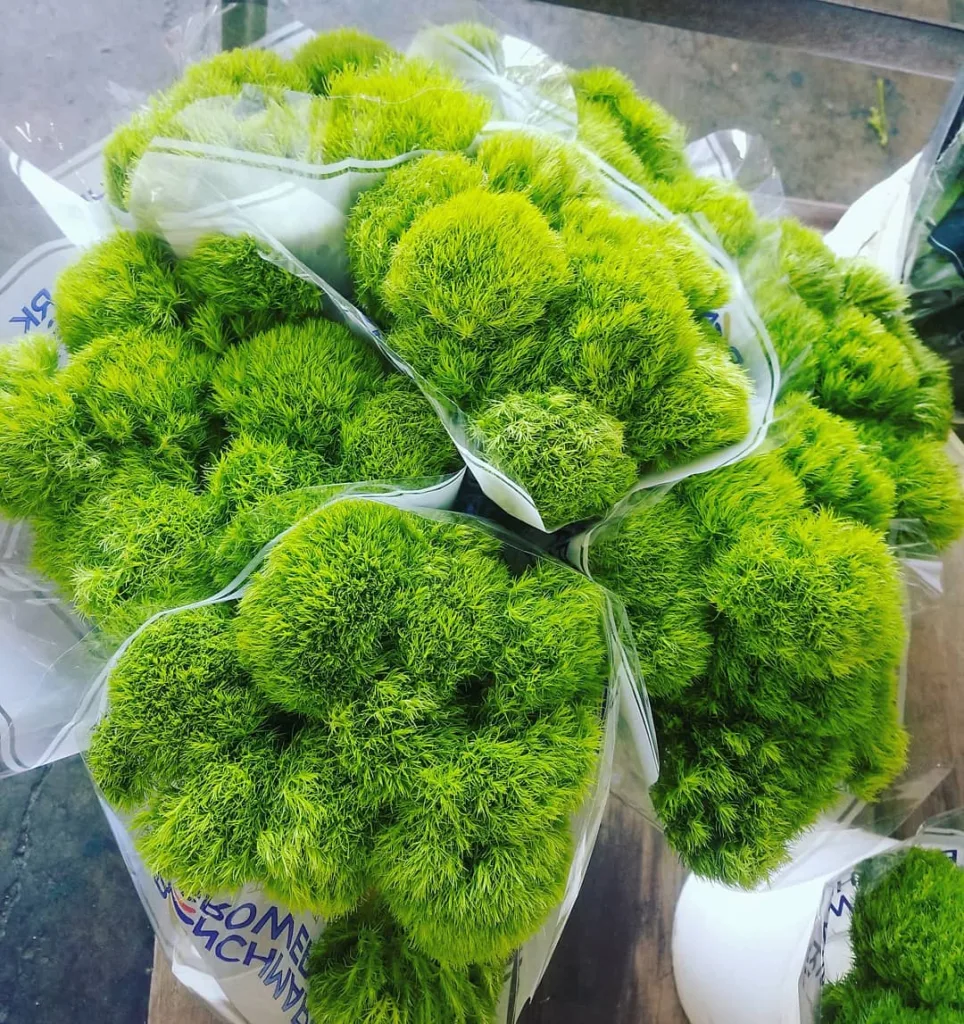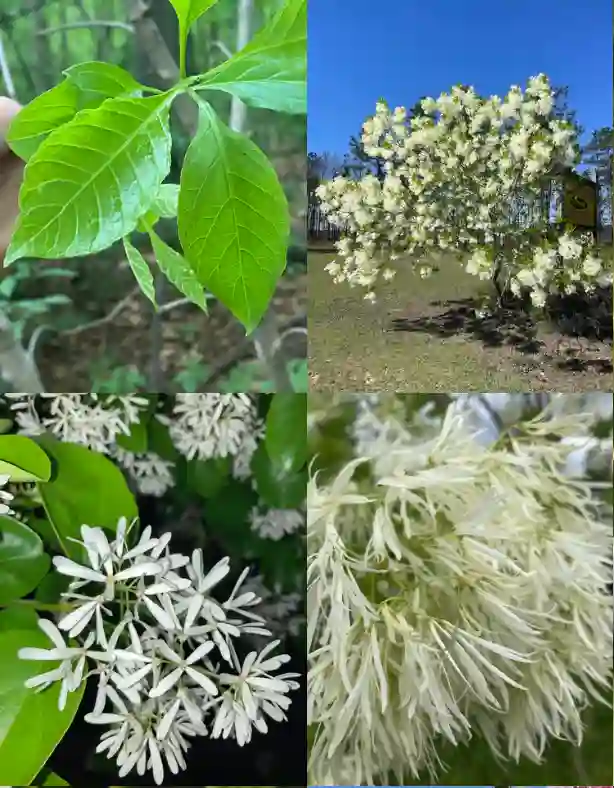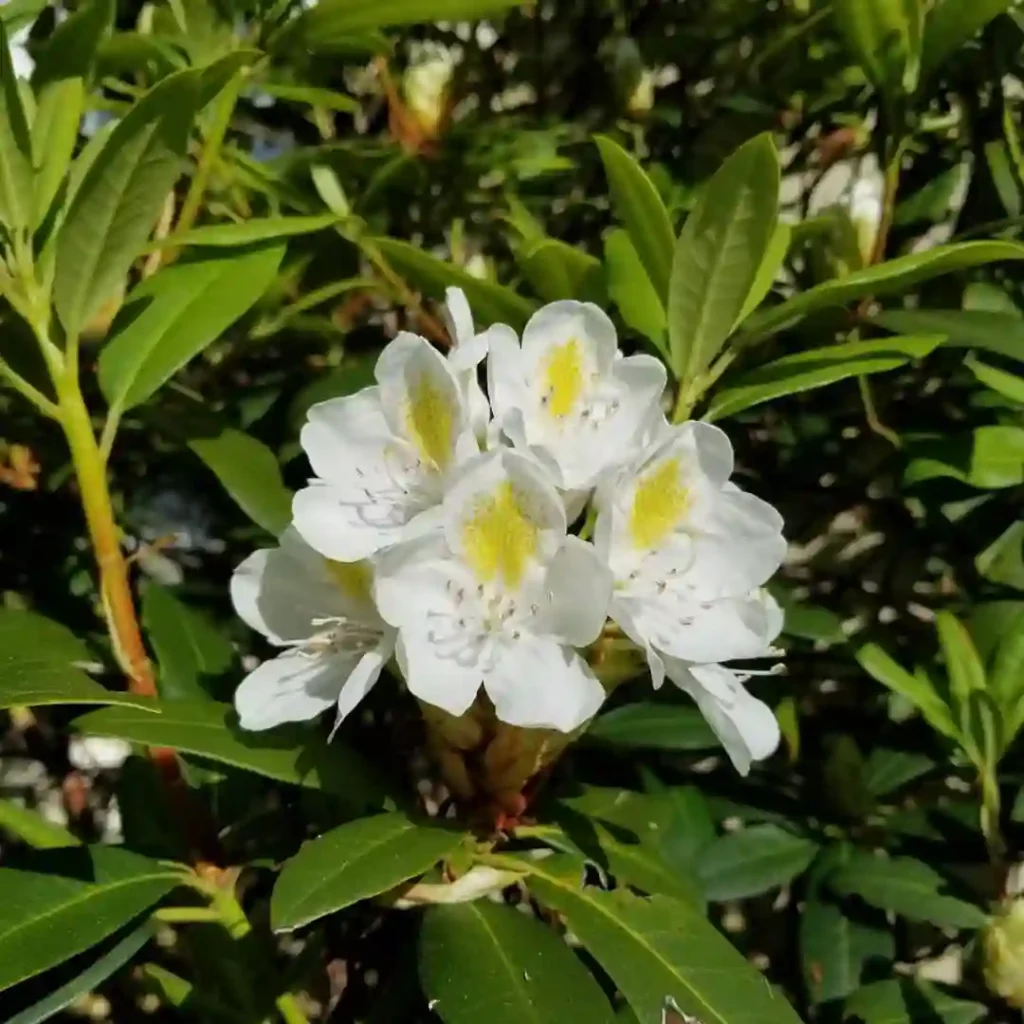FAQs About Chelone Hot Lips
As a gardening enthusiast, I often find myself exploring various plants that can add color and vibrancy to my garden. One plant that has caught my eye is Chelone Hot Lips. Its striking flowers and unique foliage make it a wonderful addition to any garden. Here, I’ll address some frequently asked questions about this charming plant, covering everything from propagation to care.
4 Species in Genus Chelone
What is Chelone Hot Lips?
Chelone Hot Lips or Chelone Lyonii, also known as Turtlehead, is a perennial plant native to North America. It’s celebrated for its tubular, bright pink flowers that resemble a turtle’s head, hence the name. This plant typically blooms from late summer to early fall, attracting pollinators like bees and butterflies. The lush, green foliage provides an appealing backdrop, making it a popular choice for borders and woodland gardens.
How to Care for Chelone Hot Lips?
Caring for Chelone Hot Lips is relatively straightforward. This plant thrives in moist, well-drained soil and prefers partial to full shade. In my experience, it does particularly well in areas that receive some afternoon sun, but I’ve found that too much direct sunlight can scorch the leaves. Regular watering is essential, especially during dry spells, as the plant loves consistent moisture. I usually mulch around the base to help retain soil moisture and suppress weeds.
When to Get Seeds from Hot Lips Chelone?
If you’re interested in propagating Chelone Hot Lips, knowing when to collect seeds is crucial. I typically wait until late fall, around October, when the seed pods have turned brown and dry. At this point, I carefully collect the pods and store them in a cool, dry place. If you’re unsure about the timing, watching for the pods to start splitting open can also indicate they’re ready for harvest.
How to Get Seeds from Chelone Lyonii Hot Lips?
Getting seeds from Chelone Lyonii Hot Lips is a straightforward process. After collecting the dried seed pods, I gently crush them to release the seeds. It’s essential to keep them in a breathable container, like a paper bag, to prevent mold. I’ve found that seeds can remain viable for several years if stored properly, but planting them within a year gives the best results.
How to Propagate Chelone Hot Lips?
In addition to seeds, Chelone Hot Lips can be propagated through division. I usually do this in early spring or fall when the plant is actively growing. To divide, I carefully dig up the plant and separate the roots, ensuring each division has enough roots and foliage. After that, I replant them in well-prepared soil. This method not only increases the number of plants in my garden but also helps rejuvenate older specimens.
What to Plant with Chelone Hot Lips?
Chelone Hot Lips pairs beautifully with other moisture-loving plants. I’ve had great success planting it alongside Astilbe, ferns, and even Japanese iris. These companions share similar growing conditions, creating a lush, harmonious look in the garden. The contrast between the pink flowers of Chelone and the feathery plumes of Astilbe is particularly striking.
Can You Grow Chelone Hot Lips Indoors?
While I primarily grow Chelone Hot Lips outdoors, it can be challenging to grow this plant indoors. It requires ample light and moisture, conditions that can be hard to maintain in a typical home environment. If you’re determined to try growing it indoors, I recommend placing it near a bright window and regularly misting the leaves to maintain humidity.
Is Chelone Hot Lips Toxic?
A common concern among gardeners is whether Chelone Hot Lips is toxic to pets or humans. I’ve done my research, and fortunately, this plant is not considered toxic. However, it’s always wise to supervise pets around any plant, as some animals may have different sensitivities.
Common Problems with Chelone Hot Lips
One issue I’ve encountered with Chelone Hot Lips is fungal diseases, particularly in overly wet conditions. I always ensure good air circulation around the plants and avoid overhead watering to minimize this risk. Another problem can be pests like slugs and snails, which are attracted to the lush foliage. A little hand-picking or using organic deterrents usually does the trick.
Compare Chelone Hot Lips with Other Similar Plants
If you’re considering alternatives to Chelone Hot Lips, you might come across Chelone Glabra or even Lobelia. While both share some similarities in appearance, Chelone Hot Lips boasts more vibrant pink flowers compared to the white blooms of Chelone Glabra. Lobelia, on the other hand, offers a different color palette with its blues and purples but tends to require slightly drier conditions.
In conclusion, Chelone Hot Lips is a fantastic addition to any garden, offering vibrant blooms and easy care. Whether you’re propagating from seeds or simply enjoying its beauty, this plant has much to offer. Happy gardening!
If i die, water my plants!



